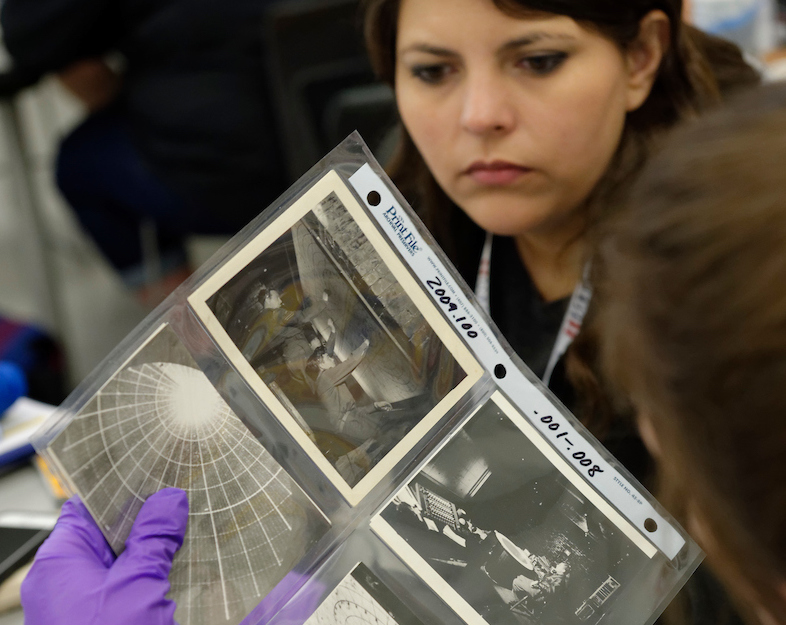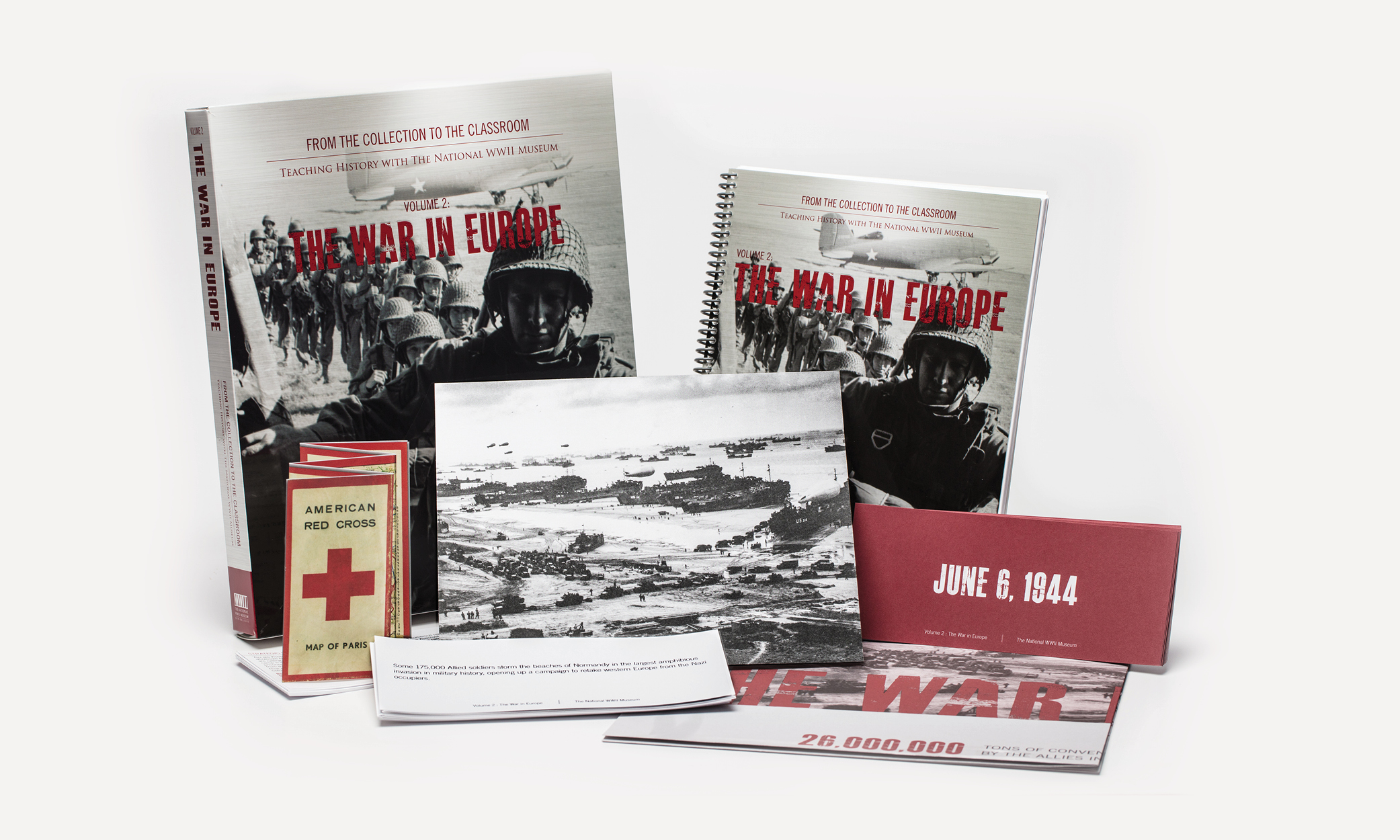
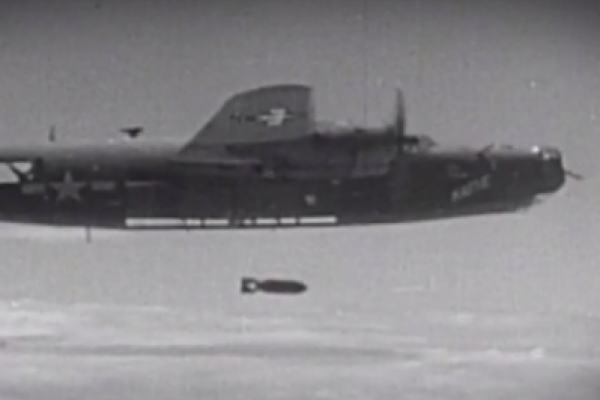
This scenario asks students to weigh the advantage of bombing French rail yards ahead of the 1944 Normandy invasion against the knowledge that to do so will likely result in a high number of civilian casualties.
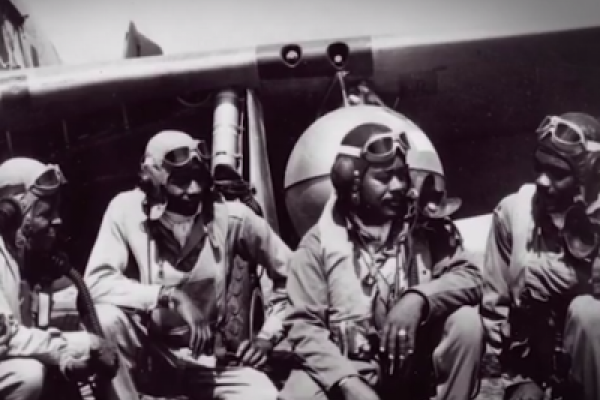
In this scenario, students must decide how they would react to prejudice against African Americans in the United States Army.

In this scenario, students must put themselves in the shoes of Walter Rosenblum, a young Army Signal Corps photographer who captures moving images of American soldiers meting out brutal treatment to Nazi officers they encounter when the Allies liberate Dachau.
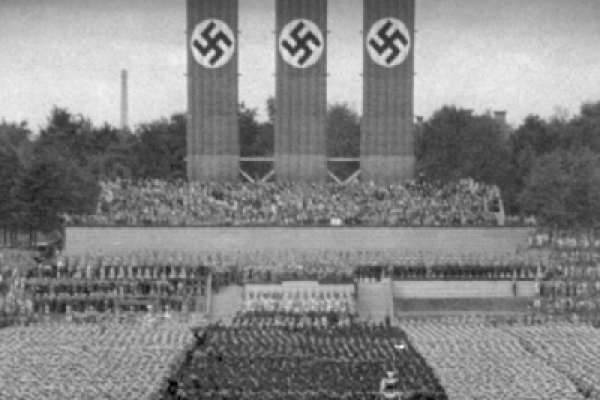
In this scenario, students follow in the footsteps of Edgar Mowrer, a Chicago Daily News reporter whose coverage of Hitler's Nazi regime made his continued safety in Germany uncertain in the 1930s. Students must decide how they would respond to the dangers of continuing to report on the regime's actions.
An Introduction to the War in Europe
Historian Donald L. Miller, PhD explains the purpose of the Museum's War in Europe curriculum guide.
The Holocaust
Hitler's regime murdered an estimated six million Jews and an additional estimated five million prisoners of war, Romany, Jehovah's Witnesses, homosexuals, and other victims.
The Battle of the Bulge
In December 1944, Hitler launched his final offensive, hoping that a combination of surprise and "fog, night, and snow" would produce a German victory.
The American Minority Experience in Europe
Learn how African Americans and Japanese Americans contributed to victory in Europe despite the reality of societal prejudices at the time.
D-Day: The Allies Invade Europe
Discover how the Allies successfully executed the largest amphibious invasion in the history of warfare.
The Big Three
Though they only met as a trio twice, Franklin Delano Roosevelt, Winston Churchill, and Joseph Stalin shared tremendous responsibilities as leaders of the Grand Alliance.
